Daimyo Kaikyu Ken Raimon Katana Oroshigane Folded (Daimyo Class Sword)
This sword features design of raimon (architectural design pattern thought to be based on flashes of lightning) and sayagata (design pattern of interlocking Buddhist symbol: manji) on the fuchi-kashira and tsuba.
The mokko-gata shape blackend brass tsuba is a sukashi (open-work) with designs of raimon and sayagata, with kikumon (chrysanthemum) and kirimon (paulownia). The kogai-hitsu-ana is plugged with solid brass, and a polished brass fukurin (rim) is attached on the mimi (edge) for added aesthetic.
The brass habaki features yoko-yasuri style (decorative file marks).
The saya showcases striking kawari-nuri, a Japanese lacquering technique that involves a textured under-layer and layers of contrasting color or material, all sanded smooth to reveal intricate patterning.
SPECIFICATIONS
• Blade Material: Oroshigane
• Blade Polish: Sashikomi style
• Edge: Fully sharpened
• Treatment: Hand Forged Folded, Differentially Hardened, Heat Treated & Tempered, Water Quenched
• Overall Length w/o saya: 39.75 inches
• Blade Length: 27.5 inches
• Tsuka: 10.75 inches wood wrapped with hishigami
• Saya: 30.25 inches wood glossy red and gold kawari-nuri lacquering technique
• Koiguchi / Kurikata / Kojiri: Buffalo horn
• Tsuba / Fuchi / Kashira: Blackened brass
• Habaki / Seppa / Menuki: Brass
• Tsukaito: Black silk imported from Japan
• Sageo: Black silk kakucho sageo imported from Japan
• Mekugi: 1 bamboo peg
• Samegawa: Real ray skin panels (black lacquered)
• Nakago: Full tang
• Hamon: Real/natural “midare”(irregular) pattern
NOTES
• Specs may vary slightly from sword to sword
• Can be disassembled
• Includes silk sword bag
• Packaging: carton box
Oroshigane is a steel produced and/or refined by the swordsmiths themselves, which can be steel from old nails, old iron gates, old swords, etc.
Sashikomi style is the classical style of blade polishing. The hamon is left natural and the blade is not shining like the modern style of polishing, but all the appearances of the steel come up. Sashikomi is a little more difficult to do than a Kesho finish.
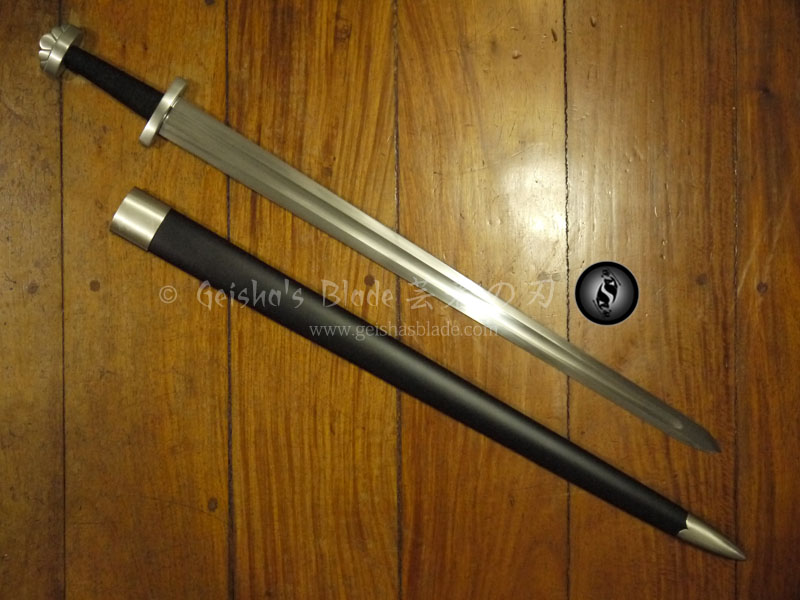













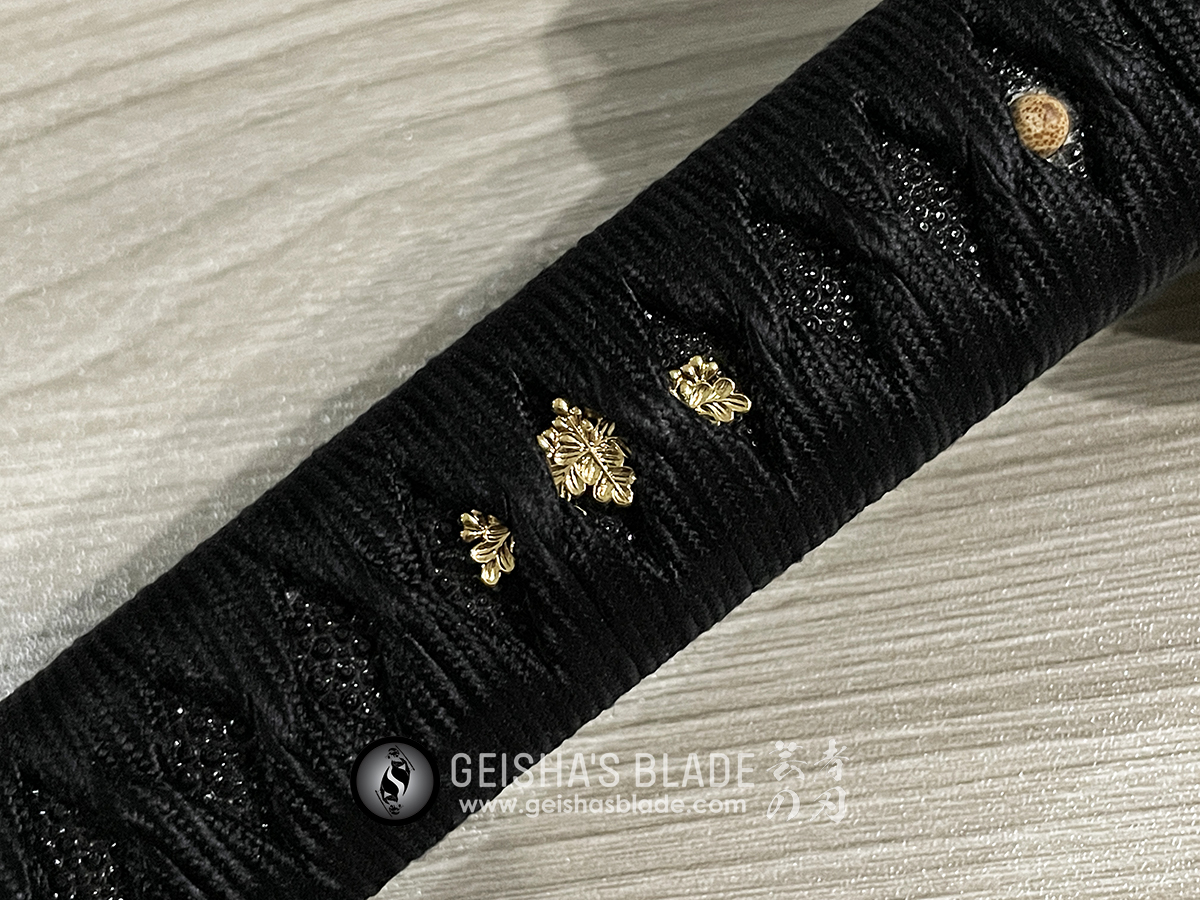


















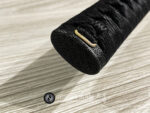

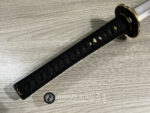
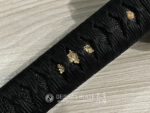
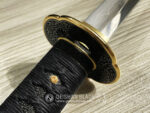

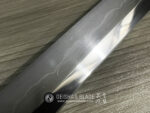
















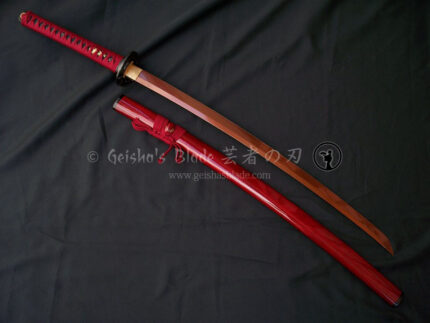


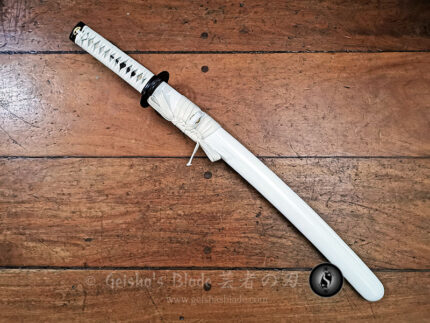






Reviews
There are no reviews yet.